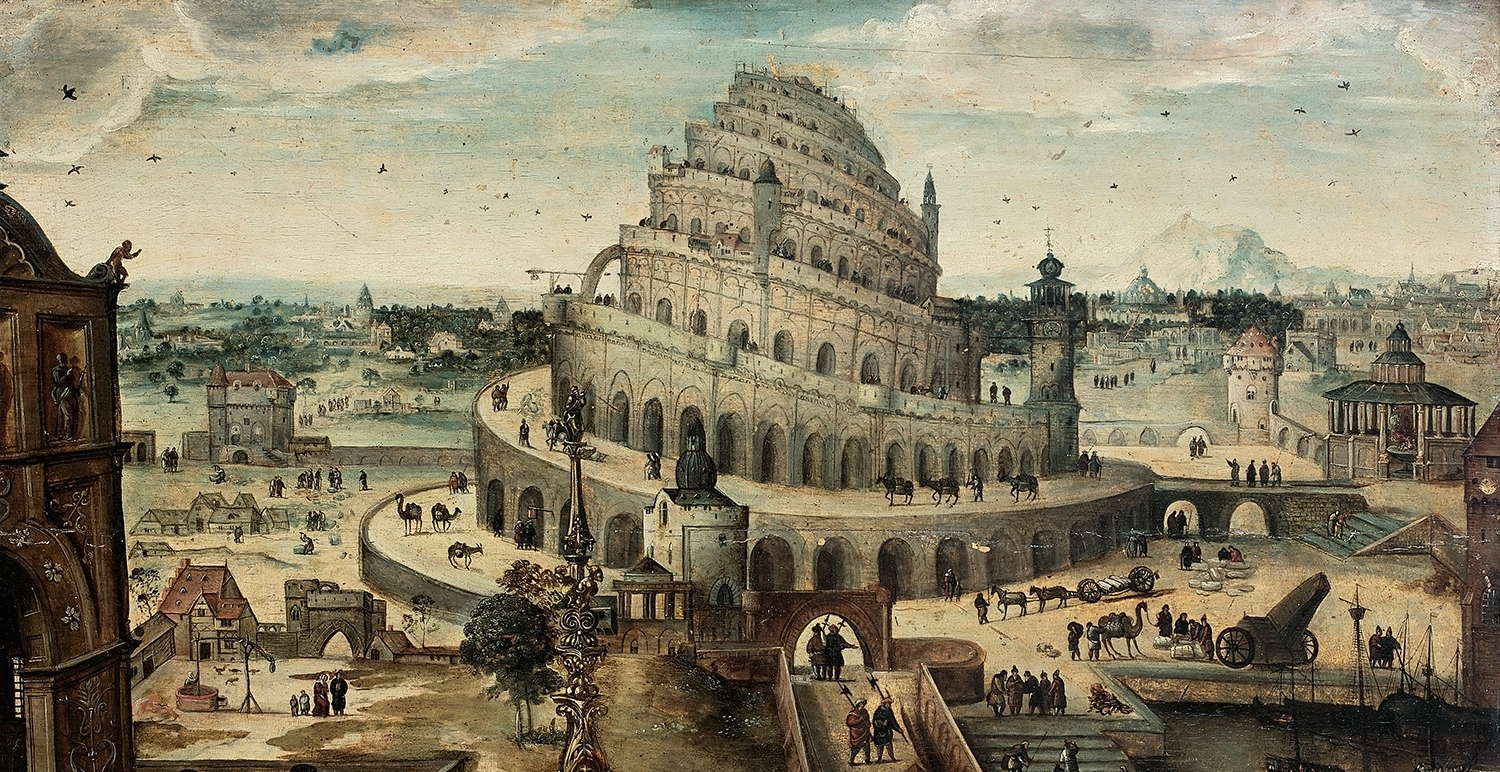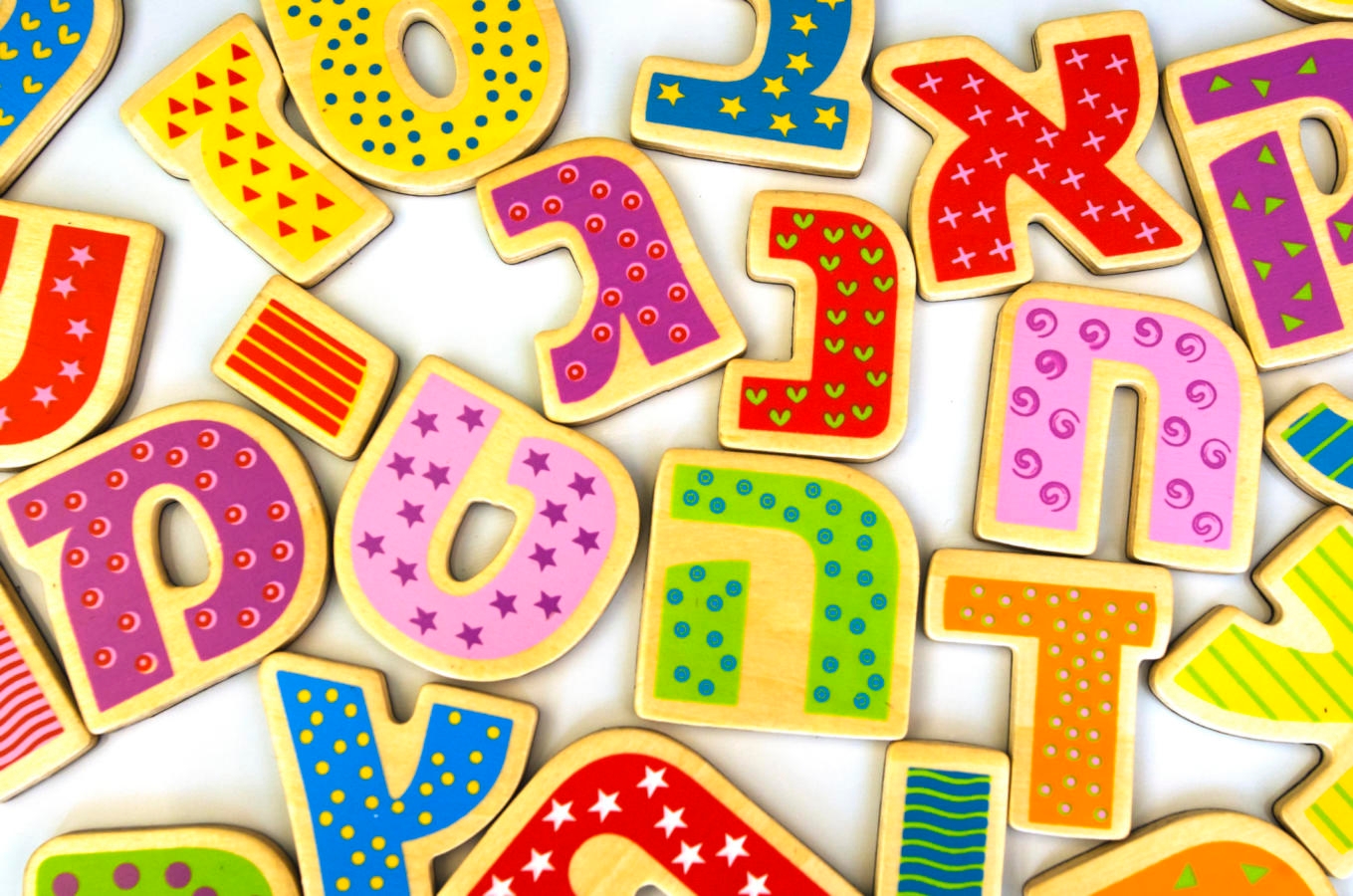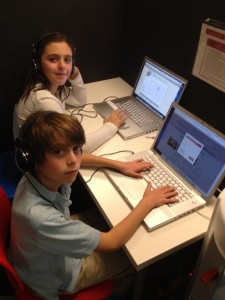56.3 The Tower of Babel
#56.3 Jewish History – Stories from the Torah – The Tower of Babel
In this session you will read the story of The Tower of Babel from parashat Noach. Learn about how languages make different cultures unique and discuss how we can contribute to tikun clam (repairing the world) by appreciating others’ differences.
#1 READ: The Tower of Babel

In those days everyone on the earth spoke the same language and used the same words. They said to one another, “Let’s make bricks and put them in a fire until they are as hard as stone.” So they made bricks. And they built houses. When storms came and winds blew hard the houses kept them warm and safe. “How smart we are!” they thought.
Some said, “Let’s build a city. When it is finished, people will see it and know we are strong.” So they made a city and placed a giant wall around it. And everyone who saw the city said, “The people of this town are very powerful. One day soon, even God will fear them.” And the people inside the city heard this and believed it.
They said, “Come let us build a mighty tower high up into the sky. When it is done, we will live in heaven, and people will call us gods.” And they began building the tower. Brick by brick, level by level, they made it higher and higher. Every day they stopped to admire their work, saying, “Even God has never built anything so marvelous.” And every night they looked up at the tower and said, “Look at what we have created! How wonderful we are!”
God looked down at the city and the tower. “People should not behave like this,” God thought. “They have one language: they could be friends and learn more about each other. They have one language: they could make peace with everyone on earth. But these people want to make other people jealous and to rule over them.”
And so God decided to teach them a lesson.

The next morning, as they did every day, the people went back to work on the tower. But now when the leaders said, “Bring up another brick,” the workers did not understand them. And when the workers said, “We are thirsty and we need water,” the leaders did not understand them. In fact, even the workers did not understand one another! They used the same words as always, but the words came out in many languages.
From the bottom of the tower to the top, everyone talked, but no one understood a word that was spoken. Jumbled all together, they sounded like babbling – the babbling of a brook.
In the end the people gave up trying to build the tower and they left the city. They scattered all over the earth, making new friends, looking for other people who spoke the same language they did. Everywhere they went they told their story.
And that is how God stopped the building of the mighty tower and turned it into a “Tower of Babel.”
#2 WATCH: The Tower of Babel
#3 READ & DISCUSS
”Language promotes communication and understanding within the group, but it also accentuates the differences in traditions and beliefs between groups; it erects barriers between tribes, nations, regions, and social classes. The Tower of Babel is an archetypal symbol of the process that turns the blessing into a curse and prevents man from reaching into heaven.”
— Arthur Koestler, upon accepting the Sonning Prize at the University of Copenhagen
#4 WONDER WHY: 7 THINGS YOU SHOULD KNOW ABOUT HEBREW
- The Alphabet (Called the Alef-Bet) has 22 Letters, plus 5 final letters
- It’s related to Arabic and Aramaic – and originally had no vowels
- It’s read from right to left.
- It dates back tot he second millennium BCE
- Not all major Jewish texts are in Hebrew
- Secular Hebrew Journals, Newspapers, and Literature emerged in the 18th century
- After not being spoken for two thousand years, it was dramatically revived by Eliezer Ben-Yehuda (the father of modern Hebrew) and was recognized at one of the official languages of what is now known as Israel in 1922
#5 Review and Response
Now that you have studied some interesting things about Jewish History, please respond to these top 4 questions. Good luck!
1. Why did the people want to create bricks, homes, a city, and finally the tower?
2. Does a “common language” mean more than just using the same words?
3. We often react with frustration or anger when we cannot make ourselves understood. Can people without a common language remain together, or must they move apart from one another like in the story?
4. Can you think of a way we can achieve a common language?
Need some help?
We’re here for you. At any time, if you have any questions, please contact one of our teachers so we can help you.
Also, at the end of the session, remember to review your responses in your Tamid Workbook so you can get credit for this lesson. Behatzlacha (Hebrew for good luck)!
You can reach Christina at (646)360-0689 or connect@tamidnyc.org


